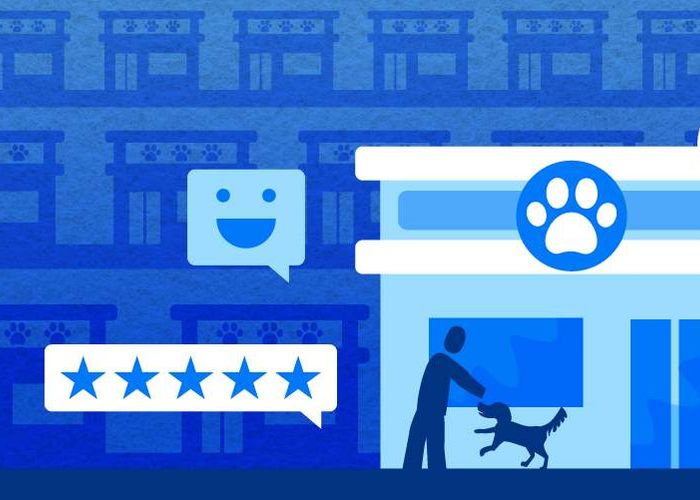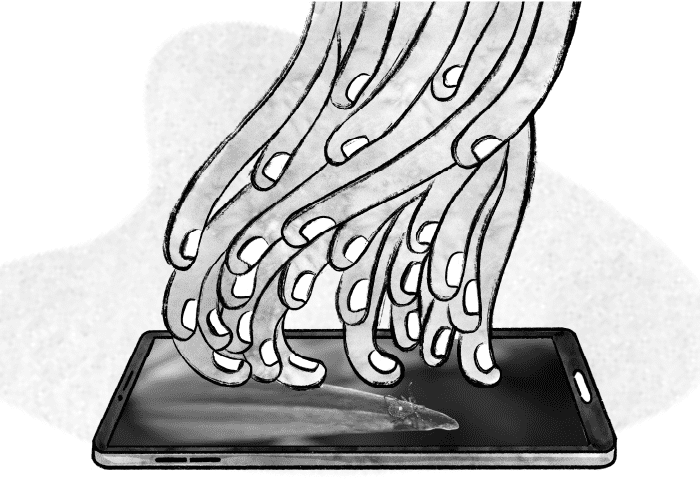

How Client Engagement Tools Can Empower Pet Owners
Veterinary professionals face a constant challenge: delivering high-quality pet care while managing busy schedules and meeting client expectations. Direct communications designed to keep the pet owner's perspective in mind help team members to meet evolving expectations.
Client engagement tools—including portals, mobile veterinary apps, automated messaging systems, and educational content platforms—streamline communication, educating pet owners so that they are empowered to become active members of their pet's care team.
The Benefits of Client Engagement
When clients are engaged, care improves. Communication gaps narrow, compliance increases, and the overall relationship between the veterinarian and client evolves into a true partnership. Conversely, pet owners left in the dark may take a more passive or reactive role in their pet's care without even realizing it, which can impact health outcomes and the practice's bottom line.
Here are a few examples of how client engagement can lead to meaningful health outcomes for patients:
-
Pre-visit communication: Instructions for a wellness appointment remind clients to bring the necessary samples for essential veterinary diagnostics. When clients are informed, they arrive at appointments prepared to discuss additional recommended screening for wellness visits.
-
Additional resources: Clients take a more active role when they have the opportunity to do their research. Access to curated pet health content libraries can help prepare pet owners to discuss wellness topics, screening test recommendations, and specific health concerns.
-
Direct messaging: Two-way communication, like text messaging, encourages ongoing conversations between visits, ensuring pet owners keep health and wellness in mind throughout the year and take earlier action.
Improved Digital Veterinary Communication
Veterinary client communication strategies have undergone significant changes in recent years. Automated text message reminders and email campaigns have replaced the old standard of postcards and phone calls.
Digital engagement tools guide pet owners through the care journey on platforms where they already spend their time—the internet. This enhanced communication, utilizing tools that integrate with modern veterinary software systems, drastically improves the client experience without burdening team members with additional work.
Some of the most impactful digital client engagement tools include:
-
Automated communication: With automated messaging, team members don't have to press "send" to deploy every individual email, text, or app notification. Pre-scheduled automated reminders ensure clients arrive on time and prepared. Plus, automated pre- and post-visit instructions help ensure compliance.
-
Digital forms: Avoid lobby congestion by allowing clients to review paperwork on their own time and with their own device. Digital forms and estimates reduce waiting times during appointments and surprises at checkout.
-
Two-way messaging: Two-way messaging enables real-time connection and collaboration between veterinarians and clients while also reducing miscommunications. Veterinary app-based or text messaging allows rapid information sharing between clients and team members.
-
Patient portals and mobile veterinary apps: Communicate with patients in a single, centralized hub that provides transparency and protects privacy. Mobile apps and patient portals enable clients to access their medical records, view appointment histories, request refills, and schedule visits at their convenience.
-
Educational content libraries: On-demand educational information can empower pet owners to act earlier, build deeper trust, and, in turn, support better outcomes. Condition-specific resources and general pet health content help clients understand recommendations and feel confident in care decisions.
-
Telemedicine and virtual care: Veterinarians and clients alike often have fast-paced, jam-packed schedules, making it challenging to schedule a full-length, in-person appointment. Secure platforms enable asynchronous or virtual visit communications, improving access to care and convenience for pet owners.
Empowering Your Team to Embrace Change
Remember: The primary goal of implementing new engagement technologies is to improve pet health and client satisfaction. However, to fully benefit from a new engagement tool or strategy, veterinary teams and pet owners alike must feel confident using the tools and trust the information they provide.
Your practice can implement these tips to help both sides adapt:
-
Make it easy: Change can be disruptive. Don't overcomplicate your new system with extraneous notifications. Instead, opt for intuitive, mobile-friendly engagement tools that seamlessly integrate with your existing systems.
-
Provide transparency: People readily accept change when they understand the "why" behind it. Clients and team members are more likely to engage with new communication tools when they understand the impact on pet health outcomes.
-
Start small: Avoid overwhelm by making gradual changes in client communication. Instead of moving everything online overnight, consider starting with one or two new client touchpoints, such as post-appointment instructions or test results, and then continue building from there.
-
Highlight success stories: Connect the tool with real outcomes for tangible evidence that change is worthwhile. For example, you might share an anecdote that demonstrates how a pre-appointment reminder to bring a fecal sample to a wellness visit led to early detection of illness.
When teams and clients feel supported by engagement tools, everyday interactions become more salient. Over time, that leads to happier clients, connected care experiences, and—most importantly—healthier pets.
Client Engagement Improves Patient Outcomes
Modern communication tools meet clients where they are, allowing them to connect with ease, and engagement platforms that integrate with veterinary software keep clients informed. Tools like pre-visit instructions, educational content, and two-way messaging help pet owners arrive prepared and take a proactive role in their pet's care.
Instead of waiting until their pet gets sick and anxiously pursuing reactive care, educated and engaged clients can lean into the value of preventive care. Close relationships built on a foundation of frequent communication and genuine connection with the veterinary team encourage clients to schedule visits at the first sign of a health issue, promoting early detection and treatment.
Having insight into pet health builds client trust and encourages compliance with treatment plans while reducing confusion and skepticism. Informed clients are more likely to follow instructions, return for ongoing care, and provide word-of-mouth referrals. Client engagement platforms offer pet owners the tools they need to be true partners in their pets' health. They build trust, improve outcomes, and create a better experience for both sides of the exam table.







